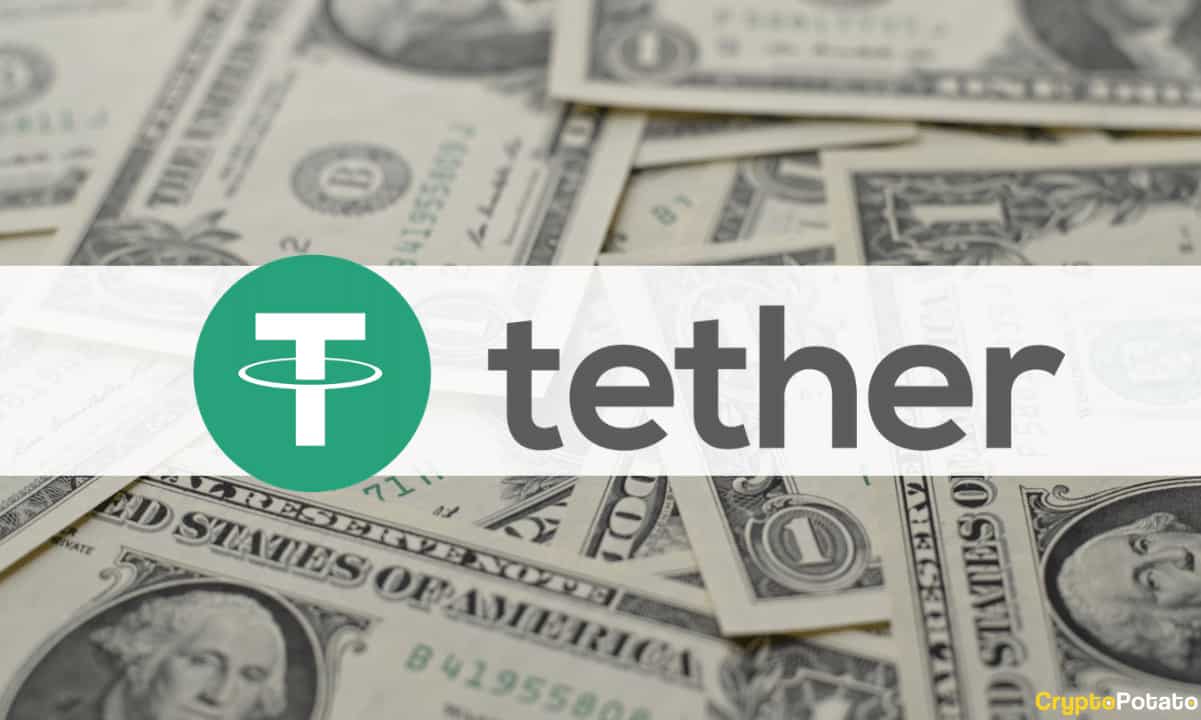Why Did USDC Depeg? Circle CEO Gives the Inside Story
Circle CEO Jeremy Allaire spoke on Tuesday recapping the Silicon Valley Bank (SVB) and USDC drama from his company’s perspective.
According to Allaire, all of the company’s cash reserves are now stored with Bank of New York Melon.
Rescuing Crypto From Banking
During the interview, Allaire said his company was prepared to use Circle’s own corporate funds to backstop its underwater cash reserves before banks opened on Monday. The firm held $3.3 billion with SVB, which it briefly lost after the VC-banking giant was claimed by regulators on Friday.
“Fortunately, we didn’t need to do that,” said Allaire. “We’ve moved all of our assets to Bank of New York Melon, as well as held in the Circle Reserve Fund, which is short-term T-bills managed by Blackrock.
Circle’s $39 billion reserves are used to backstop its 39 billion USDC tokens circulating in the open market. USDC is intended to retain a 1:1 price relationship with the U.S. dollar, which it briefly lost on Friday after Circle revealed its SVB exposure. This posed great risks to both USDC holders and DeFi protocols heavily relying on USDC as loan collateral.
Thankfully for Circle, however, the Federal Reserve stepped in on Sunday to ensure all of its losses were recouped, alongside any other depositor to SVB. Nevertheless, the CEO said the entire ordeal reeked of irony:
“There’s been a lot of talk about protecting the banking system from crypto, [but] here we have a situation where we’re trying to protect a digital dollar from the banking system,” he said.
Federal regulators have issued various warnings to banks about the risks involved with servicing companies in the crypto sector since the collapse of FTX in November. A former congressman and board member of the crypto-friendly Signature Bank, Barney Frank, claimed on Monday that the bank’s seizure by regulators was likely a deliberate attack on crypto without any objective reasoning behind it.
In regard to SVB, however, Allaire believes its seizure and subsequent depositor bail-out was “the right path” given the “systemic risks” the bank’s collapse posed to the financial system.
Stablecoin Legislation Needed
Allaire does not believe USDC is likely to be deemed a security by regulators – nor is he worried about a potential lawsuit from the Securities and Exchange Commission (SEC) after the agency threatened rival stablecoin issuer, Paxos, with the same last month.
“We’ve heard very clearly… that payment stablecoins – that are designed as mediums of exchange and held to the appropriate prudential standards – should absolutely be regulated as that kind of payment technology… and that’s where policymakers everywhere seem to be going,” he explained.
Stablecoin legislation is yet to be passed in the United States, leaving the SEC at war with the Commodities and Futures Trading Commission (CFTC) over who controls the crypto industry. CFTC chair Rostin Benham told congress last week that stablecoins like Tether met the agency’s criteria for being a commodity.
The post Why Did USDC Depeg? Circle CEO Gives the Inside Story appeared first on CryptoPotato.









